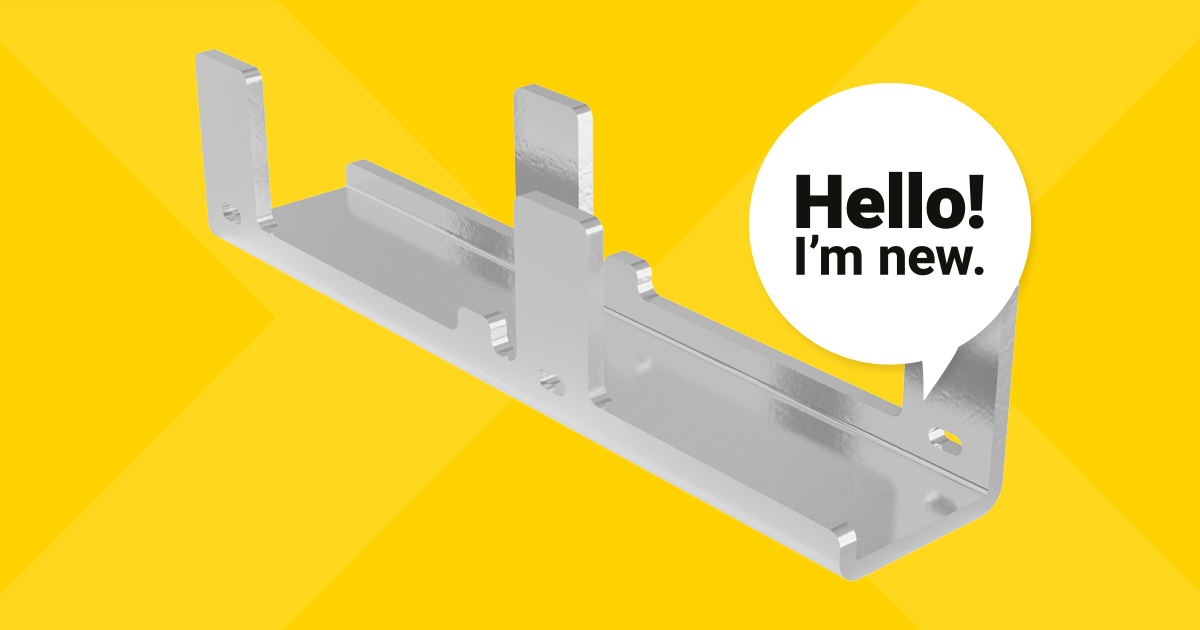Our trays are properly tested and certified to meet safety standards
Testing and certification of cable trays are important processes to ensure that they meet safety standards and performance requirements. The following are the steps involved in testing and certifying cable trays:
- Material Testing: The raw materials used for making cable trays are tested for their strength, durability, and corrosion resistance.
- Load Testing: The cable trays are tested for their load-bearing capacity to ensure that they can withstand the weight of the cables and other components.
- Fire Testing: The cable trays are tested for their fire resistance to ensure that they can withstand high temperatures and prevent the spread of fire.
- Chemical Resistance Testing: The cable trays are tested for their resistance to various chemicals to ensure that they can withstand exposure to chemicals without corroding or degrading.
- Electrical Conductivity Testing: The cable trays are tested for their electrical conductivity to ensure that they do not create any electrical hazards.
- Certification: Once the cable trays have passed all the tests, they are certified by a recognized certification body, such as UL (Underwriters Laboratories), IEC and other important certifications.
It is important to ensure that cable trays are properly tested and certified to ensure that they meet safety standards and performance requirements. This helps to minimize the risk of accidents and ensure the proper functioning of the cable trays.


